Rare as they are nowadays, the two-door coupé to me is still the perfect car design if style is more important than practicality. Those long doors just make the difference. Add a front engine and rear-wheel drive and you get something that can take many forms, from a hardcore sports car to a luxurious and comfortable GT. For many years, coupés and cars in general were generally divided into three categories/sizes, with appropriate nomenclature. In German, these three categories are Untere Mittelklasse, Obere Mittelklasse, and Oberklasse, whereas in the US one talks about compact, intermediate, and full-size cars. BMW has the 3-, 5-, and 7-series for these categories, whereas Mercedes has used the C-class, E-class, and S-class moniker since the early 1990s. I’ve decided to split the overview by category, and I’ll start somewhere in the 1970s, when BMW first introduced the 3/5/7 naming instead of the previous displacement-based naming.
Compact
BMW
The first 3-series (E21) was only available in a two-door body style. It was advertised as a sedan, not a coupé. The E30 successor was available in several body styles. The two-door was once again advertised as sedan with the same dimensions as the four-door sedan, but is aesthetically more pleasing. With the E36, the coupé finally became a distinct style with a lower roof line, among other changes. Engine choices started with the 102hp 1.6l and went up all the way to the M3. The E36 was succeeded by the E46, once again with a distinct coupé model.
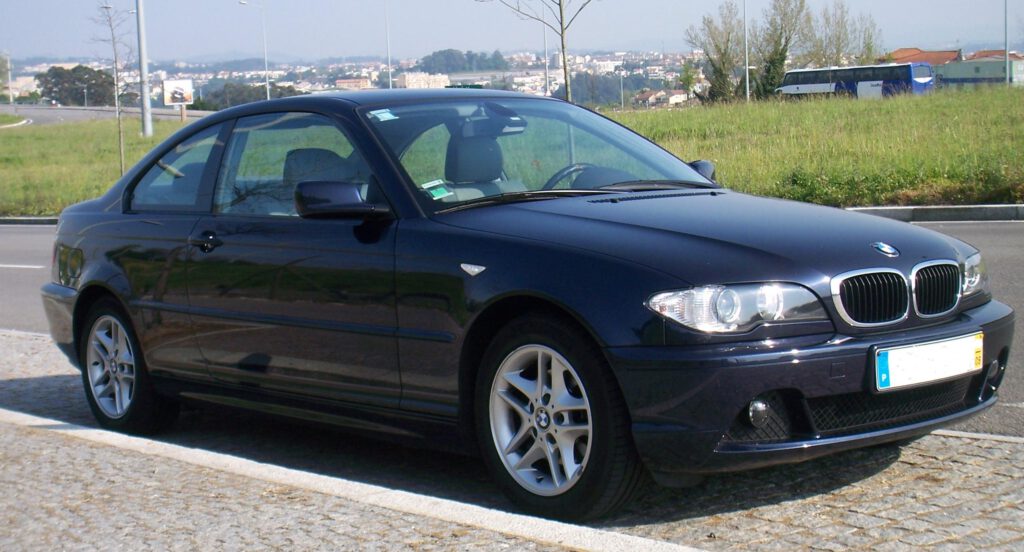
The differences between sedan and coupé became more pronounced with the E90 generation. The coupé carries the internal code E92. It came with the usual array of inline four- and six-cylinder engines, plus a turbocharged six (335i) and a V8 in the M3. With the F30 generation, the division was made even clearer by assigning the 4-series label to the coupé with internal code F32. Turbocharged engines now were the norm. In line with the new naming scheme, the two-door M3 was now called M4 and went back to an inline six engine, now also turbocharged. I think this is a good-looking car, but it’s a pity that no naturally aspirated inline sixes were available. The current compact coupé, once again labelled as 4-series, is the G22 with its infamous “beaver” grille.

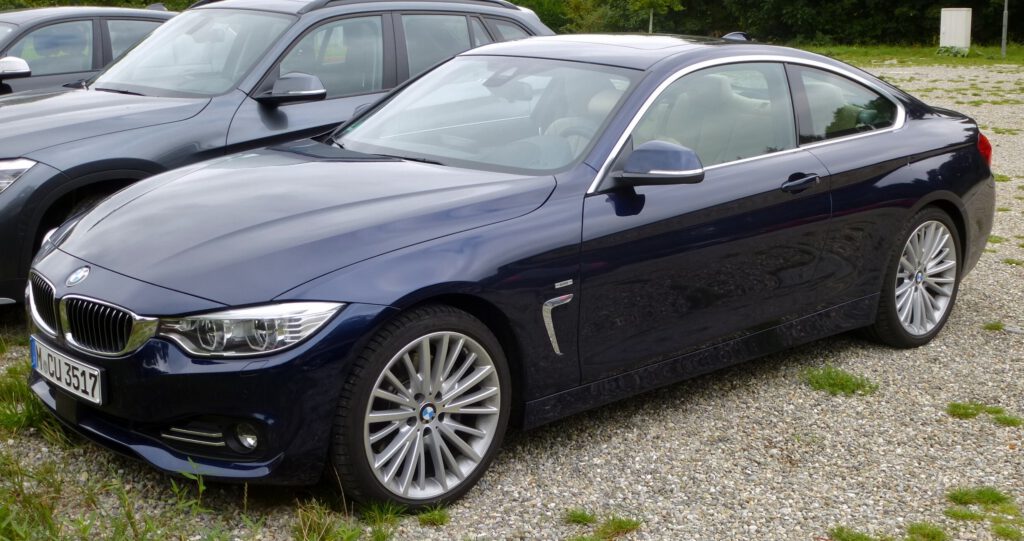
Mercedes-Benz
The first Mercedes offering in the compact category was the 190 (W201) “Baby-Benz”. A coupé was considered but never reached the production stage. The W202 successor (the first C-class) also didn’t get a coupé, so the first compact Mercedes coupé was the CLK (C208) introduced in 1997. It used W210 E-class styling cues like the dual headlights, but was based technically upon the W202. A wide spread of engines was offered, from a naturally-aspirated four-cylinder via supercharged offerings and a V6 all the way up to a V8, with the CLK 55 AMG being the most powerful option.
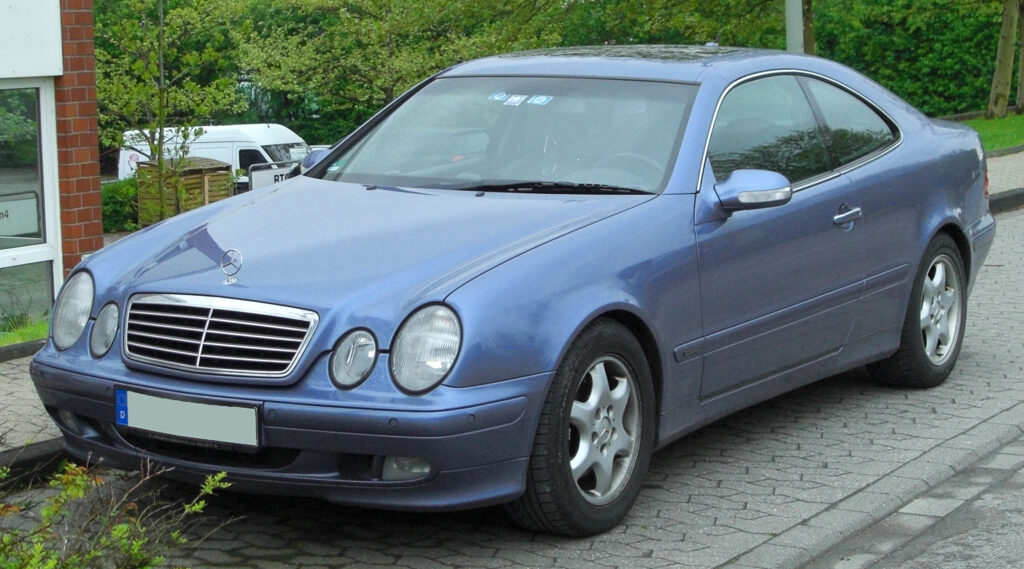
The C209 successor was once again labelled CLK, with the styling being a mix of the W203 C-class and the W211 E-class. From 2008 on, the face-lifted model was labelled CLC. For the next generation (C204), the compact coupé was considered part of the C-class and thus lost its own label and type code. The styling was also much closer related to the W204 sedan. The C205 was still considered a C-class coupé, with all engine offerings (still consisting of inline 4s, V6s and V8s) now being turbocharged. For the now-current generation, the coupé was once again split off, with the C236 now being labelled as CLE and once again taking the place of the CLK as model serving as coupé for both the C- and E-class.
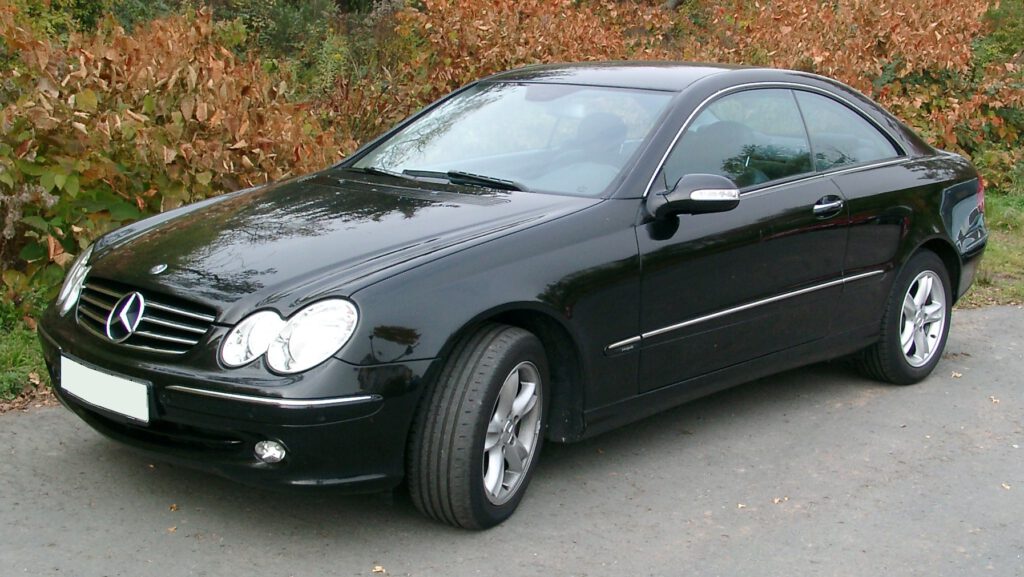
Intermediate
BMW
Intermediate coupés have a long tradition with BMW, starting with the Neue Klasse-derived 2000CS and then the beautiful E9 models. The first 5-series (E12) did not get a coupé, with the first coupé under the new nomenclature being the E24 6-series that was based technically upon the E12, but with regards to styling took more cues from the then-upcoming E23 7-series. Only six-in-line engines were available during the long production run from 1975 to 1989.
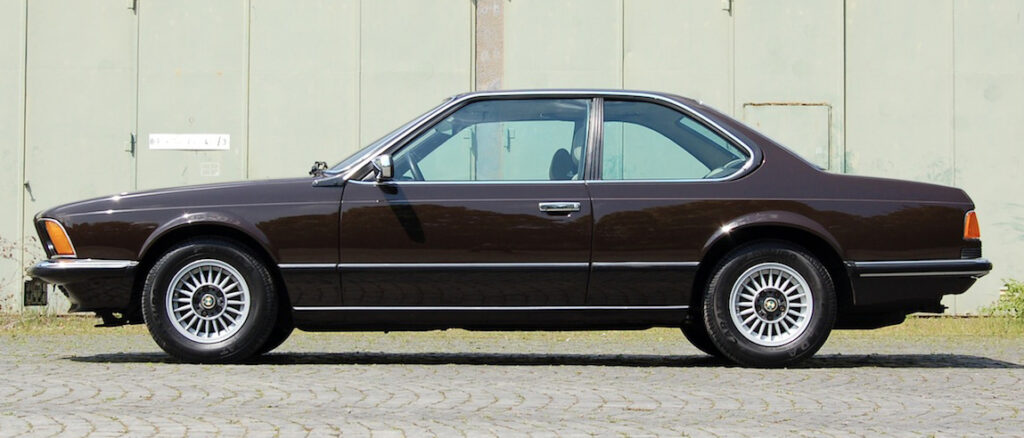
The 8-series then took over, with no intermediate offering available until the introduction of the Bangle-era E63 6-series coupé in 2003. This means that we never got an E39-derived coupé. The E63 was succeeded by the F13 6-series. This is where it ends for intermediate BMW coupés, as the F13 was once again succeeded by an 8-series, the G15.

It’s a bit weird that BMW has not consistently built an intermediate coupé, but then they’ve always had strong compact offerings, especially since these started being sold as 4-series. The Z3/Z4 also partly took this role, but being focused more towards sports than GT.
Mercedes-Benz
The first post-war intermediate Mercedes coupé was the two-door version of the W115 “Strich-Acht”, introduced in 1969. Unlike the four-door sedan it was only available with six-cylinder engines. In my opinion the trunk lid is a tad too long, leaving to somewhat awkward proportions when viewed at an angle from the front. The coupé body style was retained for the C123 and C124 successors, both of which kept strictly to the sedan’s design language.
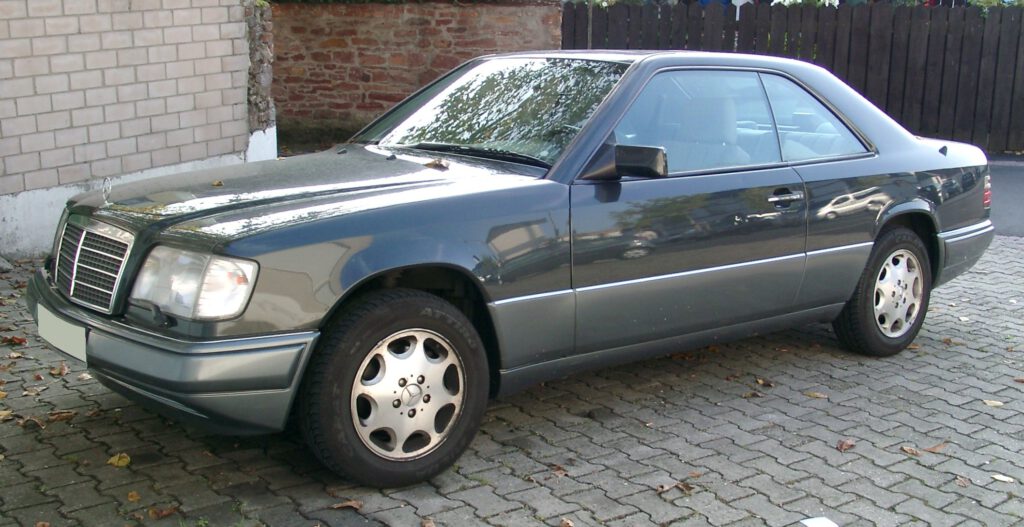
A gap then followed in which the C-class derived CLK (described above) took over. An E-class coupé returned with the C207, which was built alongside the W212 E-class sedan and took over that model’s styling, but was technically a mix of C-class and E-class. The C238 successor then was a good-looking full E-class derivative. But this approach was short-lived, with both the C-class and E-class coupés being replaced by another intermediate model, the C236 CLE.
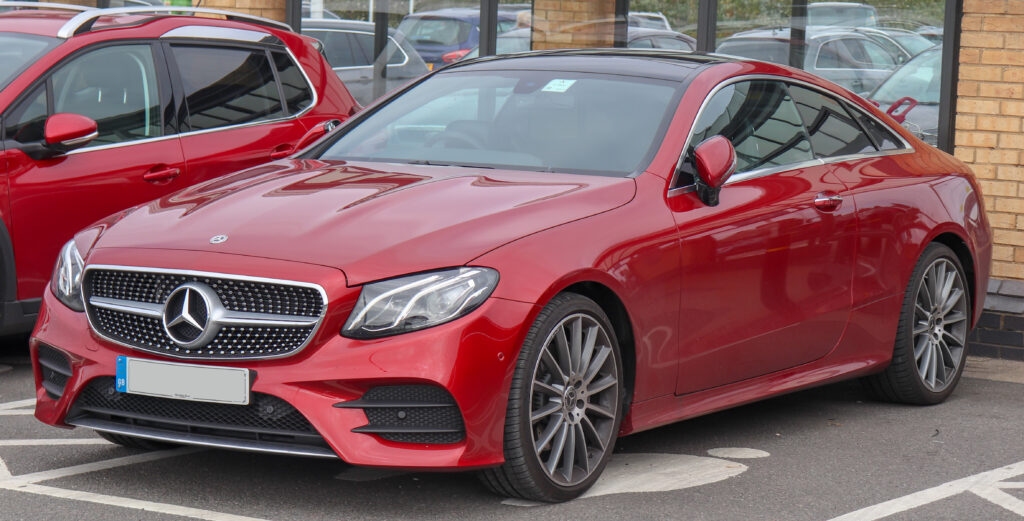
Full-size
BMW
BMW has only ever sold two full-size/luxury coupé models, both labelled as 8-series. The first was the E31 introduced in 1989, one of the last cars with pop-up headlights, and other ’80s styling cues. Initially offered only as V12 850i, a V8 was added in 1992. The E31 never was a great sales success, selling just over 30,000 cars during its 10-year production run. It took almost 20 years until the introduction of the G15 for the return of the 8-series coupé. The G15 is available with inline-six and V8 engines, all turbocharged.
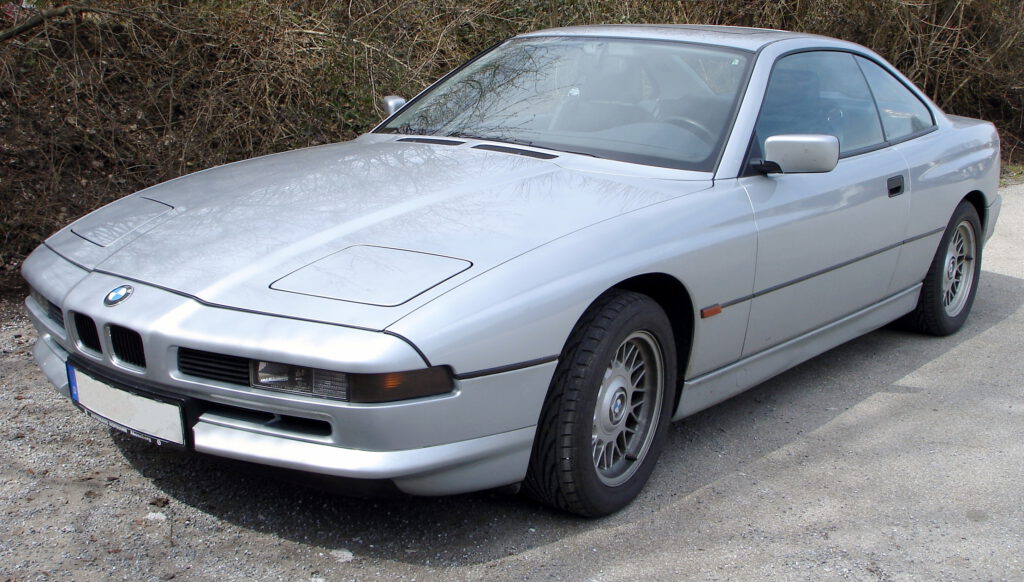
Mercedes-Benz
Mercedes-Benz has always sold large luxury coupés, but I’ll start with the W111/W112 “Heckflosse” model. These used the S suffix that would eventually turn into the S-class moniker and were available with inline-six and V8 engines. In my opinion the W111 coupé is one of the most beautiful Mercedes models of all time. There was no coupé version of the W108 and W116 successors, with coupé duties instead being taken up by the C107 SLC, the coupé version of the third-generation SL. It was sold with an inline-six as 280 SLC, but most cars were equipped with a V8. The production run was shorter than that of the accompanying R107 SL, but still quite long at 10 years.

The replacement was the S-class derived C126 SEC. This to me is the classic big Mercedes coupé, with its commanding presence thanks to its wide grill with inset large star. The SEC was only sold with V8 engines, in two generations from 1981 to 1991. Its successor was the C140 coupé. This model was sold under several designations – initially SEC, then S-class coupé, and finally CL (which didn’t make much sense, as it seemingly tied the model to the C-class, not the S-class). The C140 was available with V8 and V12 engines. In my eyes, it suffers from the same shortcoming as the W140 S-class: it’s bloated.
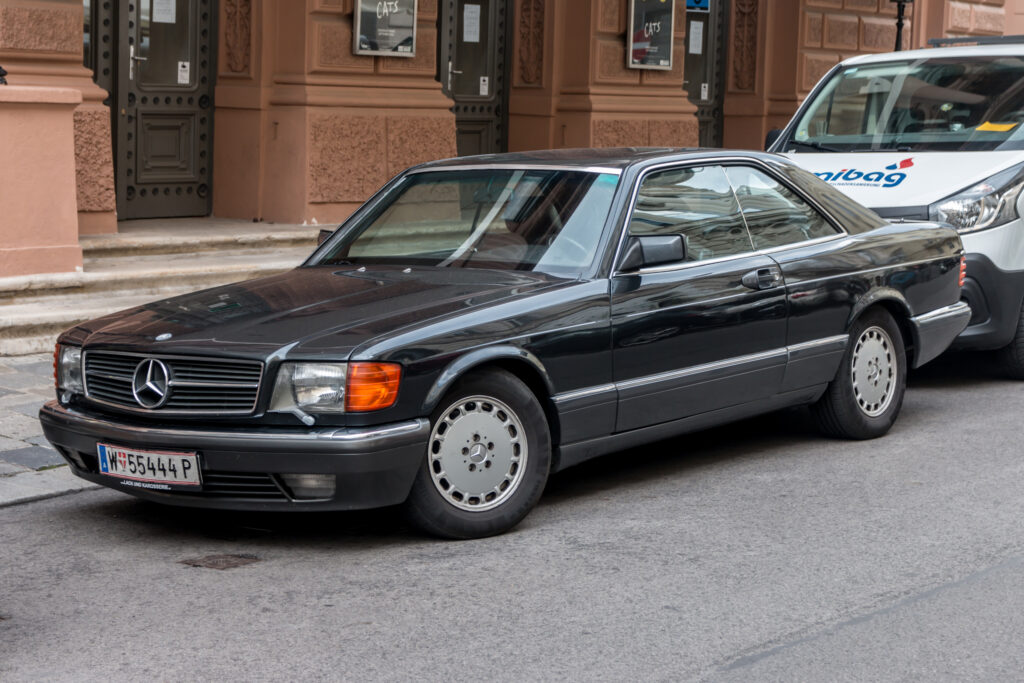
Mercedes tried to rectify this with the successor, the W220 S-class and C215 coupé, which continued to be sold as CL. The new car was smaller and lighter and used the four headlights introduced on the W210 and also used on the CLK. V8 and V12 engines were available, now with AMG models being the official top dogs in the range. To me this is a good looking car, but the downside is the increasing technical complexity. Active Body Control (ABC) was standard on the C215, which is just one system that might cause considerable costs in case of failures.
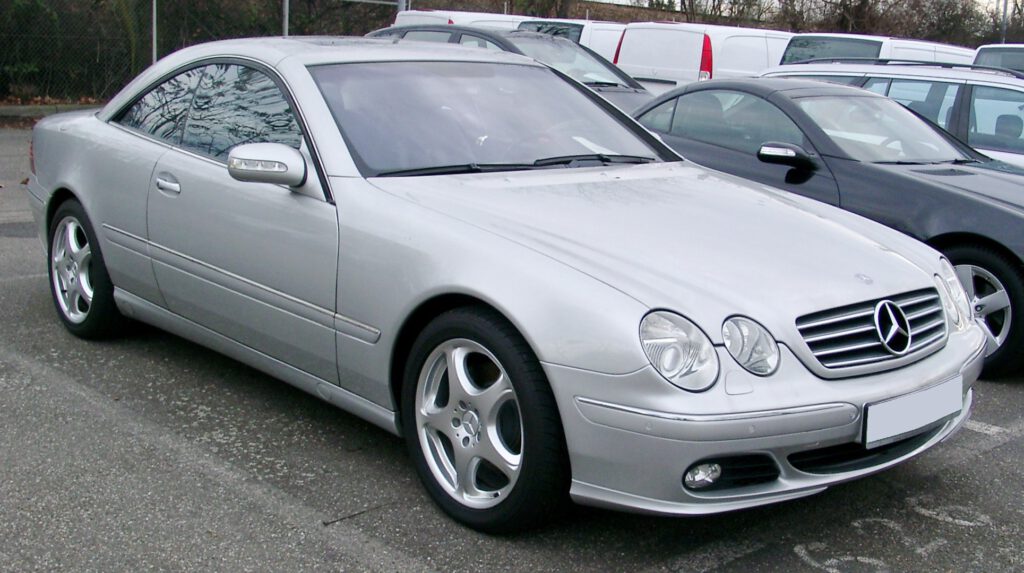
The C216 successor abandoned the four-headlight design. While based upon the W221 S-class, it is better looking in my opinion, with nicer headlights and the smart decision not to use the Bangle-style trunk lid of the W221. The most recent and, so far, final large Mercedes coupé is the C217, which dropped the CL moniker, being called S-class coupé instead. While still available with V8 and V12 engines, downsizing made itself felt here, too – for the first time since the C107, a V6 (now turbocharged) was available. With the end of C217 production in 2020, fans of large two-door cars only have the SL and AMG GT as choices.
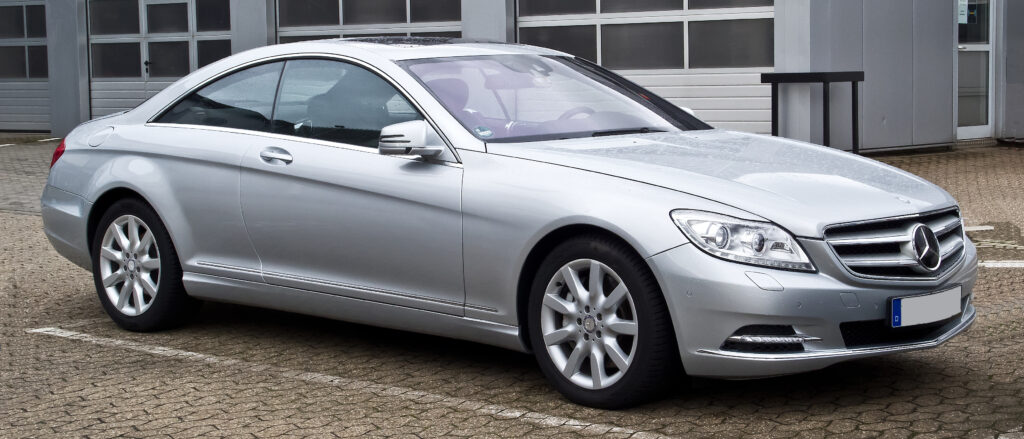
Conclusions
It’s interesting to see how the coupé offerings of BMW and Mercedes mirror the respective brand’s character. BMW has always offered a compact sporty two-door car, whereas Mercedes have always sold a large and comfortable luxury coupé until 2020. Both seem to have struggled with the intermediate offerings, sometimes merging it with the compact model or discontinuing it altogether. After thinking about it for a while, it’s not entirely surprising that the in-between model is more difficult, as it can neither claim to be the most sporty nor the most luxurious offerings. Considering what a niche offering two-door coupés are these days, it is somewhat logical that the manufacturers make choices and axe intermediate offerings.